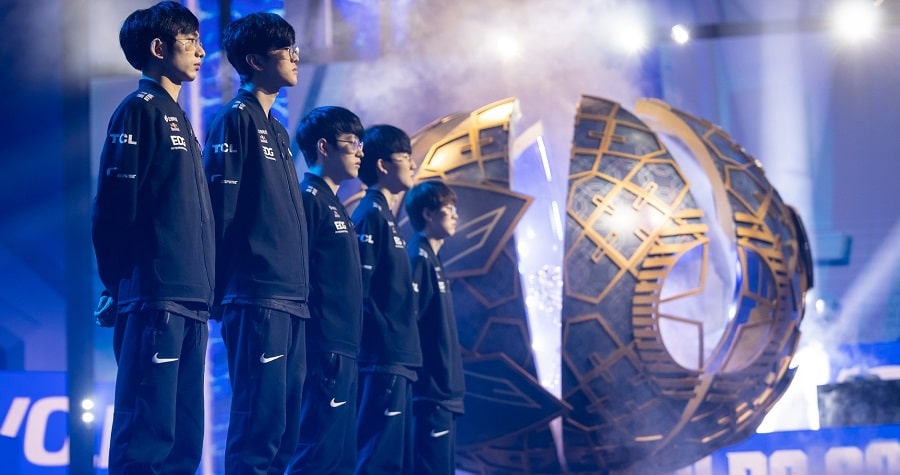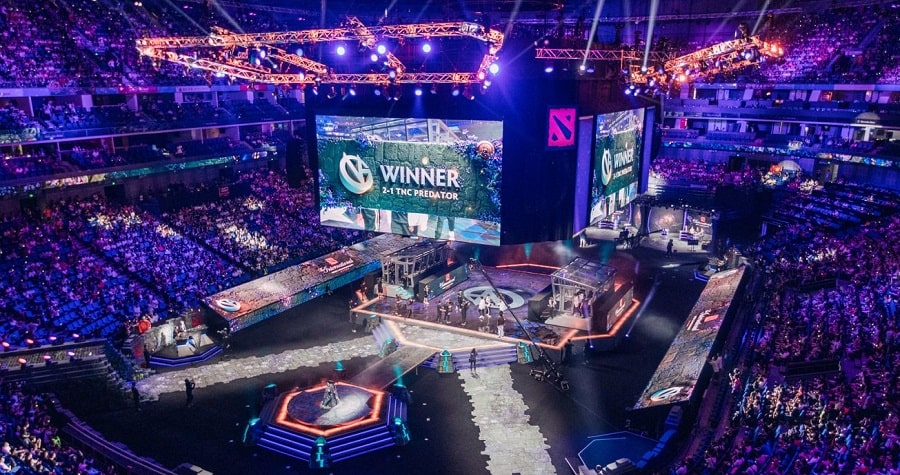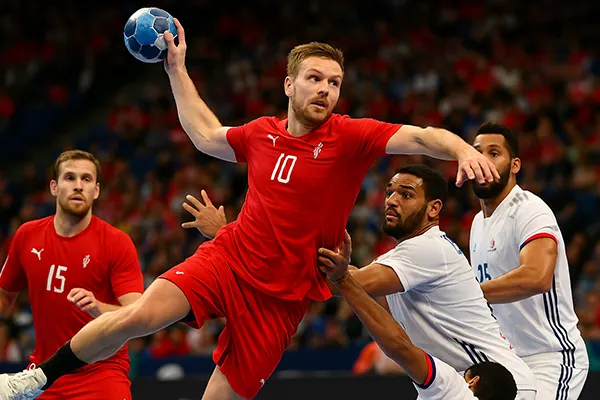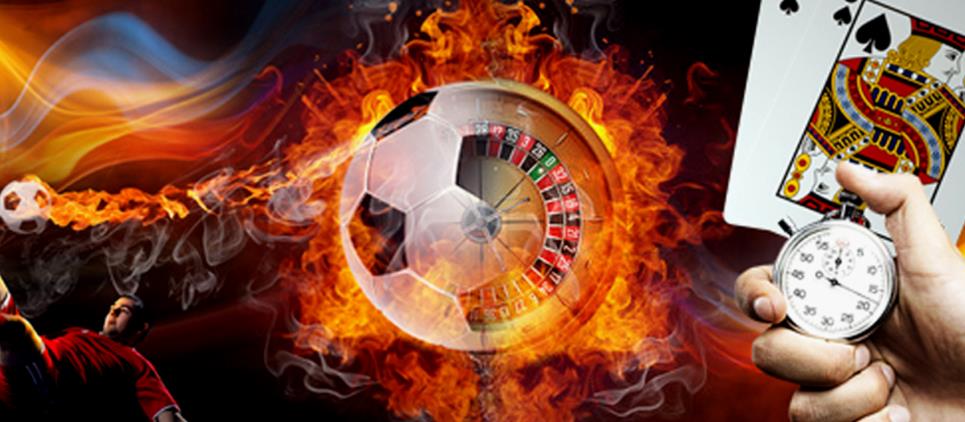Most Popular eSports Disciplines

eSports have surged in popularity over the past decade, becoming a billion-dollar industry with a global audience. Several video game titles have emerged as dominant forces in the competitive gaming world, garnering millions of fans worldwide. Let’s examine some of the most popular eSports disciplines today.
Dota 2 – Strategy and Teamwork Supreme
Dota 2, developed by Valve Corporation, has grown into one of the top eSports disciplines. Its strategic depth, reliance on teamwork, and unique character roster make every match unpredictable and exciting. Moreover, the ‘The International’ Dota 2 championship offers one of the largest prize pools in eSports, underscoring the game’s immense popularity.
Counter-Strike: Global Offensive – The Shooter Par Excellence
Counter-Strike: Global Offensive (CS:GO) is a first-person shooter game that demands precision, strategic thinking, and team coordination. From planting or defusing bombs to hostage rescues, the dynamic objective-based gameplay keeps fans on edge. Major CS:GO championships with their international rivalry and amazing games invariably attract millions of viewers. During the championship, many spectators participate in 69games casino tournaments in order to shorten the interval between games.
League of Legends – An Epic Battle Arena
League of Legends (LoL), developed by Riot Games, is a Multiplayer Online Battle Arena (MOBA) game that pits teams against each other in a battle for control. With a blend of strategy, quick decision-making, and character mastery, LoL matches are grand spectacles. The annual World Championship culminates the competitive season, attracting massive global viewership.

Overwatch 2 – Revolutionizing Competitive Play
Overwatch 2, the sequel to Blizzard’s popular first-person shooter Overwatch, promises a revolutionary competitive experience. Its emphasis on objectives and teamwork, combined with a diverse cast of characters, makes for thrilling eSports competitions. The Overwatch League, with its city-based teams, introduces traditional sports structure into eSports, making it a discipline to watch.
Starcraft II – The eSports Pioneer
Starcraft II, a real-time strategy game from Blizzard Entertainment, holds a special place in eSports history. It helped shape the early days of competitive gaming, especially in South Korea. Despite being over a decade old, Starcraft II continues to captivate with its blend of strategic depth, fast-paced action, and high skill ceiling.
The Future of eSports: Growth and Prospects
eSports’ popularity shows no signs of waning. In fact, Newzoo predicts the industry will generate over $1.8 billion in annual revenue by 2023. Factors such as increasing internet accessibility, the rise of streaming platforms like Twitch, and growing mainstream acceptance are driving this growth.
Moreover, eSports is evolving beyond its digital realm. Schools and universities now offer eSports programs, while traditional sports teams invest in eSports counterparts. Even the International Olympic Committee recognizes eSports, showcasing exhibition matches during the 2018 PyeongChang Winter Olympics. The rapid development of technologies like VR and AR also present exciting possibilities for future eSports experiences. As video games become more immersive and realistic, the line between traditional sports and eSports will likely blur even further.




